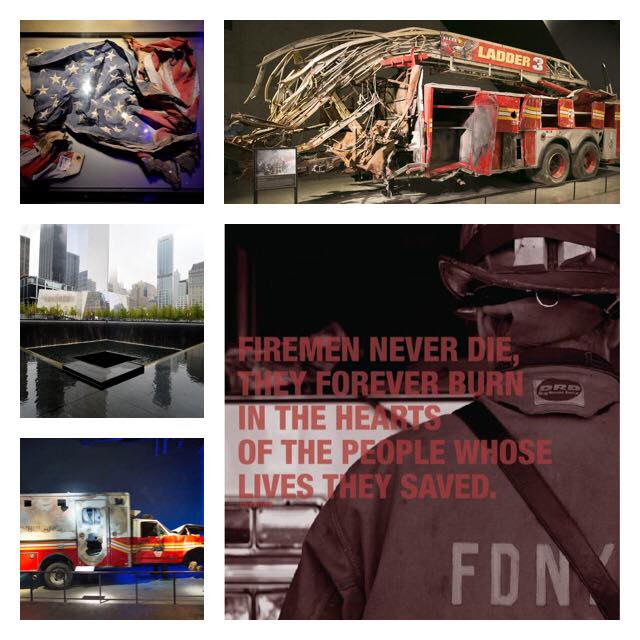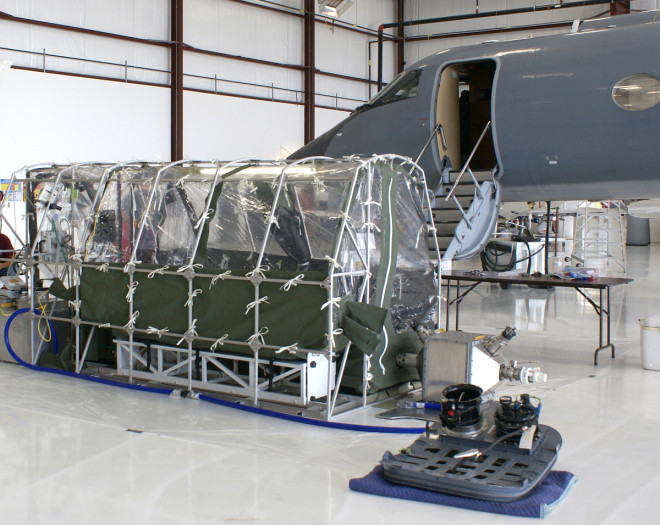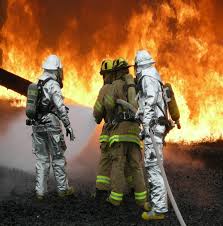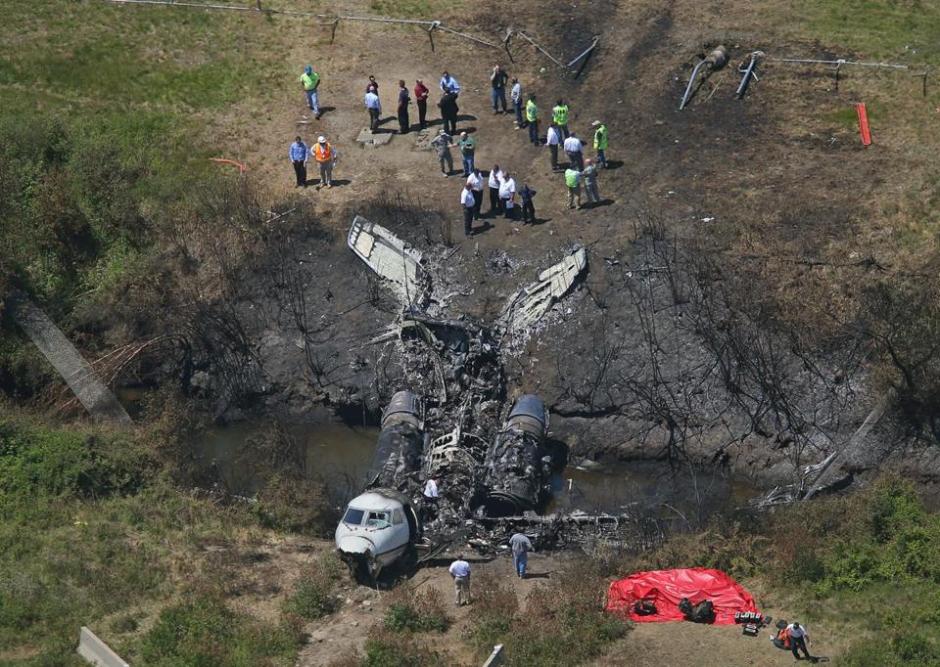It is hard to believe that it was a little over 15 years ago that our country lost 2,996 unsuspecting souls on a clear morning. I hesitated writing this blog entry. What could I say that hasn’t been said before? How can you write about something that moves you to tears at the mere thought of it? I don’t know, but for some reason I am driven to write this entry.
I, like all of you, remember where I was at the exact time that I heard America was under attack. I remember talks of 50 other planes making their way to all of the state’s capitals and how people were frantically trying to get in touch with family and friends to make sure they were okay. I remember the phone lines being down, the horrifying pictures on TV on the live feed, the feeling of wanting to throw-up as warm tears rolled down my cheeks, and the question of, “Why?” in my head. I remember that all. I am sure you do, too.
I remember talking to a dear friend of mine a few days later about what happened that day. I wanted to know how he saw things, as he was and is one of the bravest who serves in the Tallahassee Fire Department. As we spoke over a campfire on a cool Fall evening with beers in our hands, we discussed human nature – the good, the bad, the evil, and the unthinkable.
In true fashion, my friend saved me from thinking the worst of people. This self-proclaimed misanthropy told me never to give up hope in people. While he will deny he said that or inform you that he was really ignorant back in the day, as he smiles, he is right.
This conversation has stuck with me throughout the years and perhaps paved the way for me to become interested in ethics and morals, which is a class that I teach now. Since 9/11, I have often wondered about the morals/ethics of those so few who took the lives of far too many. How could anyone truly believe deep down that it was alright to commit an act of such severity on those who had not taken arms against anyone, but rather were going about their daily routines? Following the attacks darkness fell upon the bright shining beacon of hope known as America.
But, I believe in that old saying that even in the darkest of times there is light, if you just look. Sure, there are always lost souls that will never turn around and see only darkness and hate, but there are so many more that do not. It is so easy to latch on to hatred and fears and it makes great headlines to sell newspapers or to watch on our 24/7 news feed; however, there is still a great amount of good in the world.
Those first responders and citizens who went to help on 9/11 showcased this light – this goodness – this hope. The fact that people are driven to enter the emergency services fields – whether firefighter, EMT, police, dispatch, etc. – supports the ethical theories that people are good by design. While it can be suggested that everyone’s morality and ethical principles are different, the fact that there are people who still run to assist when disaster strikes, whether manmade or not, demonstrate that in the end people will rally around each other in order to support and comfort.
Many of the first responders to 9/11 gave the ultimate sacrifice and in doing so elevated those in the positions to a more seen societal moral compass. It is those within the field that provide an ethics of conduct for society. It is those within the field who are sought to be viewed during times of need, because they provide a comfort that even in the worse of times, when the sun is blocked by the debris of terror, is needed. They represent a beacon of hope to never give up on each other.
This 15th anniversary of 9/11 was another day that passed when I reflected on my thankfulness for those first responders. It was the year that I showed my son, approaching his 10th birthday, more vivid images of what occurred that day. I want him to know, understand, and remember those that left us, those that sacrificed, those that are scarred, but continue to live. I want him to know that there are heroes that walk among us. I want him to be thankful for such people. My involvement within the emergency services industry, with a great deal of it happening within ARFF, allows me to demonstrate my appreciation to those who put their lives on the line every day for public safety. Albeit it a small gesture, it is my way.
I am often reminded of the below quote from Mr. Rogers. He is my first memory of someone who brought together ethics/morals and first responders in his attempt to teach right from wrong and the Golden Rule to those of us who were far too young to know the difference or how bleak the world, at times, can appear.
When I was a boy and I would see scary things in the news, my mother would say to me, “Look for the helpers. You will always find people who are helping.”
To this day, especially in times of “disaster,” I remember my mother’s words and I am always comforted by realizing that there are still so many helpers – so many caring people in this world.-Fred Rogers










 The above picture is of the Canberra International Airport, Australia. To read more about their concerns visit:
The above picture is of the Canberra International Airport, Australia. To read more about their concerns visit: 


